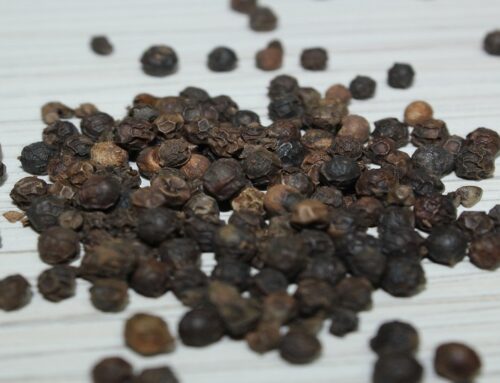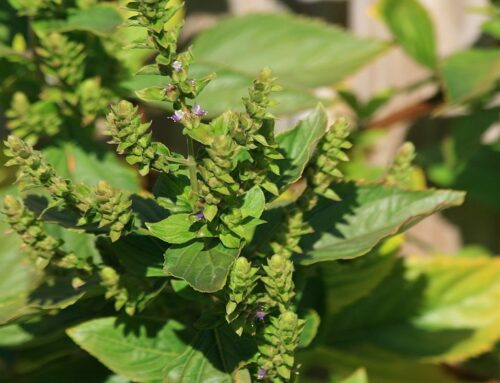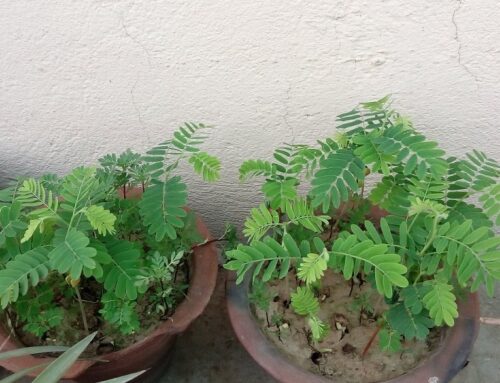What is HACCP? HACCP is Hazard Analysis Critical Control Points. Now let us have a look at each of these terms.
What is a Hazard: A biological, chemical or physical agent present in the goods or the condition of food with the potential to cause adverse health effects after consumption
What is a Critical Control Point: A step at which control can be applied and is essential to prevent or eliminate a food safety hazard or to reduce to an acceptable level
HACCP system is developed in 1963 by the Codex Alimentarius Commission. Codex is a joint venture of FAO (Food and Agriculture Organization & WHO (World Health Organization)
HACCP and ISO 9000: HACCP defines system requirements for ensuring the safety of food, and can be applied throughout the food chain, from the point of primary production to final consumption. ISO-9000 food quality management system is formulated by International Standards Organization (ISO). Using HACCP in an ISO-9000 system ensures an integrated food quality and safety management system. HACCP focuses on the entire food chain while ISO-9000 focuses on consumer needs and expectations. Both the systems emphasize prevention rather than correction of problems or deficiencies after they occur.
HACCP Principles: HACCP is based on the principle that hazards affecting food safety can be either eliminated or minimised by prevention during production, rather than by inspection of the finished products. Major objective of HACCP is to prevent hazards at the earliest possible point in the food chain. HACCP approach can be applied from harvest to the point of consumption.
Control Points for Post Harvest Food Safety
- Hygiene of Manpower
- Cleanliness of Pack Houses
- Cleanliness and Disinfestation of Cold Storages
- Hygienic Transport of Produce from Farm to Market
- Cleanliness of the Produce
- Clean Packaging
- Customer Hygiene
What is SPS: SPS is Sanitary and Phytosanitary Measures. SPS consists of cleaning and disinfecting to such a degree and level so as to protect the produce from potential health hazards. SPS Measures may be manual or chemical. Manual method includes removal of debris from surfaces by brushing, vacuuming or scraping. Chemical method includes the use of detergents, and acids.
SPS Measures for Harvesting Fresh Produce
- Produce should not be harvested, where the presence of potentially harmful substances may lead to an unacceptable level of such substances in the food, and avoid contamination of food from any source
- Harvesting should be hygienic so as not to constitute a potential hazard to health or contamination of the produce
- Equipment and containers for harvesting should be maintained in such conditions so as not to constitute health hazards. They should be maintained clean and disinfected
- Raw material unfit for human consumption should be segregated in such a manner as to avoid contamination of the food
- Avoid contamination at all levels, of all kinds and from all sources
- Avoid contamination, damage & deterioration during storage
- Transportation vehicles must be clean and if necessary disinfected to check the contamination
Process of Sanitization
- Sanitization is a process of destroying the majority of micro-organisms or pathogens or reduce them to an acceptable level considered safe from health point of view
- Implementation of Good Agricultural Practices, Good Manufacturing Practices and HACCP, water quality management and strict temperatures control during storage, processing , transportation and retail display reduce the risk of food borne pathogens
- Effective sanitization includes, sanitization of food contact surfaces, equipments, utensils etc to prevent the pathogens
- Sanitizing first requires proper cleaning since residual protein, fat or other residues reduce the effectiveness of sanitizing chemicals
- Majority of bacteria that remain after cleaning can be destroyed by sanitizing with chemicals (sanitizing agents) or treatment with hot water
Sanitizing Agents
- Chlorine
- Iodine
- Quaternary Ammonia Compounds (QAC)
- Acid wetting agents
- Acid anionic sanitizers like QAC- is a surface sanitizer
- Fatty Acid Sanitizers (Phosphoric acid, organic acids)
- Hydrogen Peroxide –used for sterilizing equipments and packages in aseptic operation
- Per oxy Acetic Acid (PAA)- potential replacement of chlorine has germicidal property
- Thermal Sanitization- use of hot water or / steam for specified temperature and contact time, effectiveness depends on initial contamination load, humidity, hydrogen ion concentration, temperature and time
- Ultraviolet Radiation treatment
Check out our publishing services here…
We publish top quality videos on various ‘Food & Agriculture’ topics. You may subscribe our video channel here…






